Roses and Clematis
Sow_what? Southern California Inland
10 years ago
Featured Answer
Sort by:Oldest
Comments (21)
dublinbay z6 (KS)
10 years agoSow_what? Southern California Inland
10 years agoRelated Professionals
Forest Acres Landscape Architects & Landscape Designers · Willowick Landscape Architects & Landscape Designers · Springfield Landscape Contractors · Annandale Landscape Contractors · Dallas Landscape Contractors · Emmaus Landscape Contractors · Garland Landscape Contractors · Hendersonville Landscape Contractors · Indio Landscape Contractors · Lees Summit Landscape Contractors · Morrisville Landscape Contractors · Reedley Landscape Contractors · Tustin Landscape Contractors · Weymouth Landscape Contractors · Wilton Landscape Contractorsdublinbay z6 (KS)
10 years agoSow_what? Southern California Inland
10 years agodublinbay z6 (KS)
10 years agotoolbelt68
10 years agotoolbelt68
10 years agogardenper
10 years agovasue VA
10 years agovasue VA
10 years agodublinbay z6 (KS)
10 years agojacqueline9CA
10 years agoSow_what? Southern California Inland
10 years agosubk3
10 years agoopheliathornvt zone 5
10 years agoSow_what? Southern California Inland
10 years agoUser
10 years agobellarosa
10 years agosubk3
10 years agoSow_what? Southern California Inland
10 years ago
Related Stories

PLANTING IDEASGreat Garden Combo: Rose + Clematis for Small-Space Impact
We all need somebody to lean on. And when a rose supports a climbing vine, the results can totally transform a small garden
Full Story
GARDENING GUIDESGreat Design Plant: Sally Holmes Rose
This simple yet versatile climbing rose grows vigorously all year; plant now for abundant spring and summer blooms
Full Story
WINTER GARDENINGPruning Secrets for Exquisite Roses
Encourage gorgeous blooms year after year with this time-tested advice on how to prune your rosebush in winter for health and shape
Full Story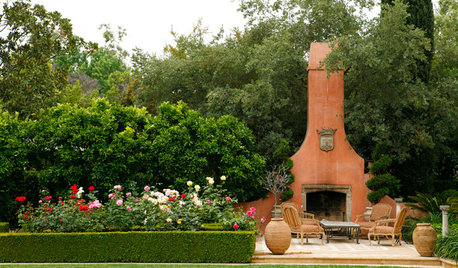
LANDSCAPE DESIGNMake Your Roses Even More Beautiful With These Companion Plants
Nourish your rosebushes and create a visual feast with these 7 classic and unexpected plant pairings
Full Story
GARDENING GUIDESHouzz Call: What’s Your Favorite Backyard Beauty?
The simple, honest daisy is this writer’s go-to garden flower. We want to hear which plant, flowering or otherwise, gives you special joy
Full Story
GARDENING GUIDES10 Easy Edibles for First-Time Gardeners
Focus on these beginner-friendly vegetables, herbs, beans and salad greens to start a home farm with little fuss
Full Story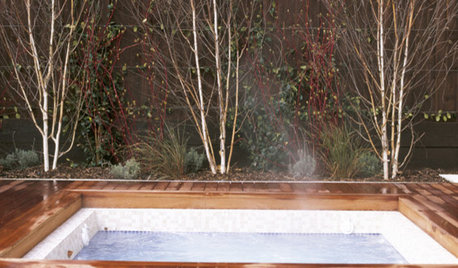
DREAM SPACESJust a Few Things for the Dream-Home Wish List
A sunken hot tub, dedicated game room, tree house, hidden wine cellar and more. Which of these home luxuries would you like best?
Full Story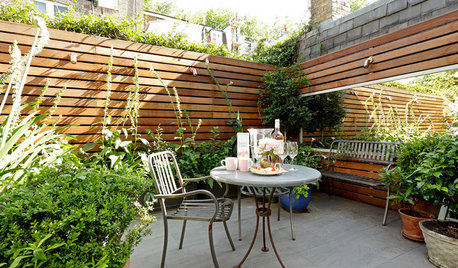
CONTAINER GARDENSPocket Gardens, Pint-Size Patios and Urban Backyards
A compact outdoor space can be a beautiful garden room with the right mix of plantings, furniture and creativity
Full Story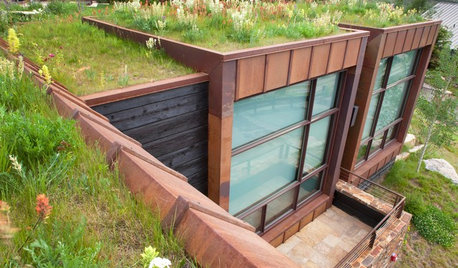
GREEN BUILDING6 Green-Roof Myths, Busted
Leaky, costly, a pain to maintain ... nope, nope and nope. Get the truth about living roofs and see examples from simple to elaborate
Full Story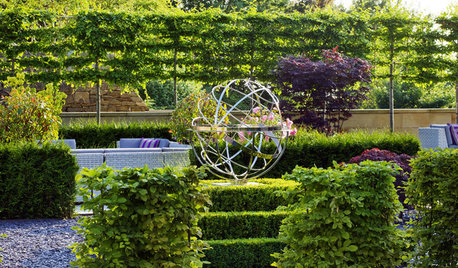
ARTBring on the Garden Bling With Artful Stainless Steel
Set stainless free of the kitchen, using it to brighten and decorate any garden in an unexpected way
Full Story


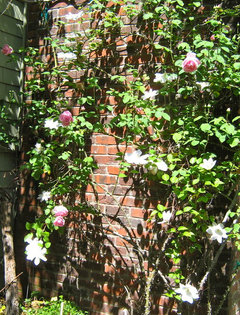
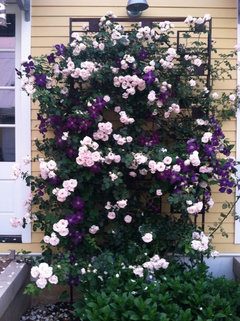
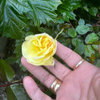
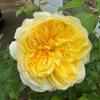

jacqueline9CA